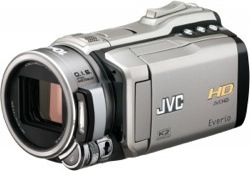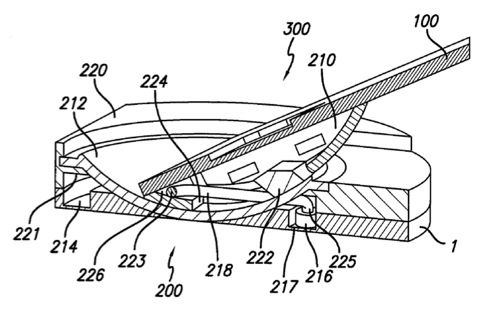Nokia sues Apple, again. Nokia, still the largest cell phone company in the world by overall sales of ever sort of cell phone, has seen its market share begin to tank and has attacked Apple with a fresh barrage of patent suits. If you can’t beat them in the market place, perhaps you can beat them in court over touch screen smart phone technology.
The battle for both Nokia and Apple has serious implications down the line. When a patent is filed there is a pendency period of 2-3 years and sometimes more before you are sure you are actually going to get a meaningful patent. What a lot of people don’t understand is that there are patents issued that are so narrow they are meaningless in the real world.
There are also patents issued in error where the patent office misses prior art that makes a newer patent void once it is challenged in court. The courts settle all that out and the outcome can mean an agreement to share technology, money flowing either way or dismissal with both parties going away angry. It has been said that a judge has likely delivered true justice if both sides feel a little bit angry.
I have seen elaborate charts showing all the major players in the smart phone market and who is suing whom. Apple is sort of like the target in the middle with everybody suing them over something. Apple certainly sues back and has recently gotten a lot of patents issued to use in the litigation. While the patent process isn’t perfect, it is the only way to protect new ideas that form the basis for new products and features. Look for some cases to be settled out of court, some cases to be lost and some cases to crush some Android touch screen phone features. Apple has amassed a tremendous array of iPhone related patents and is “deep pocket” ready to rumble.
Rumor has it that Apple is bidding on a patent portfolio of 4G technology put on the market by Nortel, a Canadian company that went bankrupt. It is very apparent that Apple is ramping up 4G iPhones for the launch of both major cell phone formats. This will allow Apple to compete with all the major players around the world. AT&T and Verizon both are working hard to launch their 4G networks, which will support the new and soon to be launched iPhone 5.
A number of persistent rumors have implied the new iPhone 5 will likely have enhancements one might expect. Thinner, faster silicon, with front and back cameras, retina displays, 4G speed, a near field communications chip, more flash storage, longer battery life and perhaps a few “oh, one last thing” zingers that Steve Jobs is famous for.
The 4G speed feature will certainly help open up the bandwidth bottleneck for most of us when the new networks are fully built out. While to some extent, greater broadband capacity will create greater opportunities to use that new capacity, moving more data faster makes a world of difference. If speed is increased by tenfold, the amount of data that can be sent is increased immediately by a factor of 10. Bigger pipes flow more water in plumbing and in broadband technology.
The rub for most of us, is that despite the capacity of iPhone 5 to run on 4G network, the lack of actual working coverage with a robust 4G network will relegate your speeds back to 3G network limits. However, if a portion of the phones on a congested network, such as AT&T, are switched to the faster 4G that will leave more 3G bandwidth for those with older iPhones. In addition to the increased bandwidth that 4G will open up, adding Verizon as a second iPhone supplier in the US will also take some pressure off AT&T’s 3G network. I look for 3G service to improve dramatically by summer on AT&T.
The new generation of iPad that is likely to launch this spring will include enhancements missed by the first generation. Rumors are that is will be thinner, faster silicon, and have greater storage capacities available. With the iPhone 5 going 4G, it is very likely the radio version of the new iPad will have a dual band radio so it can run on 4G, where available.
Higher resolution screens are also rumored. Knowing Apple, expect the even more magical iPad to maintain current price points. Also expect the new iPad to be available for both AT&T and Verizon networks. Finally, it is also rumored Apple has made a deal with two additional touch screen manufacturing companies to sell as many as six million iPads a month next year. That means Apple thinks it might sell 70,000,000 iPads in 2011. How do you think that will affect the iOS app store?
That’s Greg’s bite for today.
(Greg Mills, is a Faux Artist in Kansas City. Formerly a new product R&D man for the paint sundry market, he holds 11 US patents. He’s working on a solar energy startup, www.CottageIndustrySolar.com using a patent pending process of turning waste dual pane glass into thermal solar panels used to heat water. Greg writes for intellectual web sites and Mac related issues. See Greg’s art web site at www.gregmills.info ; His email is gregmills@mac.com )





